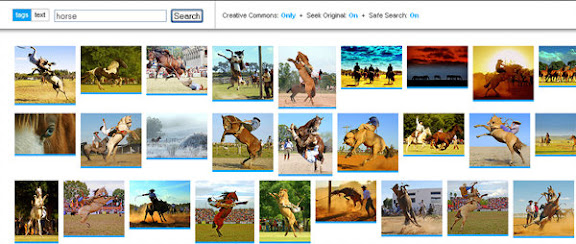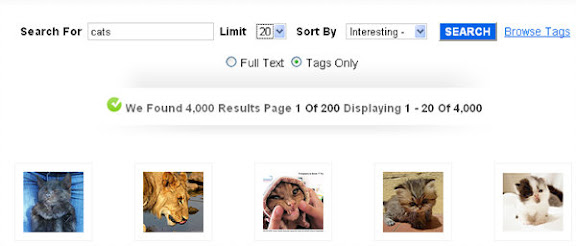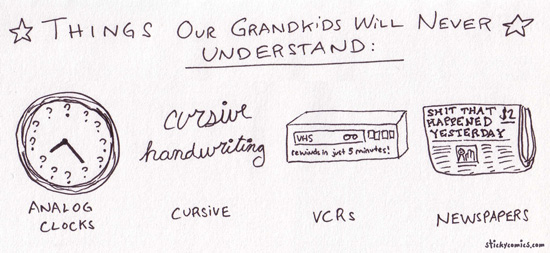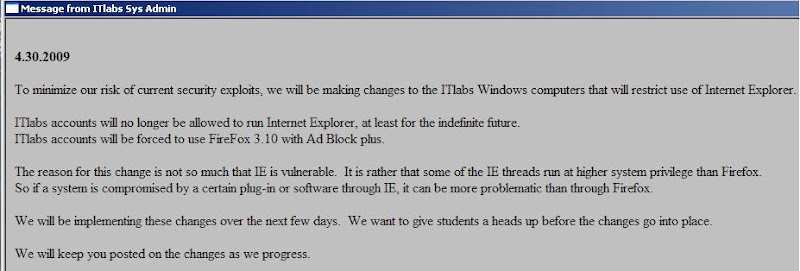Writtten by Robert Roy Britt
 If you haven’t yet planned the brunch or picked out the flowers or at least mailed the card, then consider what follows the only motivation you should need. In short, mothers have it tough.
If you haven’t yet planned the brunch or picked out the flowers or at least mailed the card, then consider what follows the only motivation you should need. In short, mothers have it tough.
Changes in American culture have liberated women in many ways. Mom is now free to do all the chores moms have been doing for generations – such as wiping snot off kids’ noses, cleaning the house and handling all the family’s finances and social plans – and now she can work a day job or feel guilty for not having one, too.
Mom deals with all this, studies show, with less help and as much pain and stress as ever. Consider:
5. Mom Feels More Pain
Any man worth his salt realizes Mom deserves a lifetime of foot rubs for one simple reason: childbirth. She made you. And yeah, it hurt like hell. But that’s not all. Women suffer more pain than men across the board, studies find.
And it’s not just “that time of the month” pain. We’re talking about a lifetime of suffering.
A study out last week found that among people over 65, women suffer 2.5 times more disabilities than men of the same age. Among the most common chronic conditions: painful arthritis.
Even sex, which gloriously led to your conception and which ought to be the ultimate respite, can be painful for women. About 15 percent of women experience recurring genital pain during intercourse. Almost no men do.
4. Mom Gets No Help
In the old days, mothers had tremendous help raising kids and keeping house. It was, literally, a family affair, with grandparents and children working daily, willingly or otherwise, to take the load off women burdened with small children.
Today’s mom has a lot less help with childrearing and housecleaning, a study in 2006 found. Sure, fathers are pitching in, but you know how that goes. “Honey, the game’s on. I’ll finish the vacuuming tomorrow.”
In 1880, 24 percent of mothers lived with a female age 10 or older who didn’t go to school and didn’t work outside the house. By 2000, that number was 5 percent.
3. You Are Mostly Your Mother’s Child
Yeah, sure, your genes are half from Mom, half from Dad. But for some reason, scientists recently learned, Mom’s genes have a greater effect on what you become.
One stark example: While you were in the uterus, if your mother had a very stressful experience, you’ll be at greater risk for anxiety disorders. And a new study on rats, out last month, indicates that your mother’s diet during pregnancy affected your genes.
More surprising, studies are showing that what your mother ate when she was a child, the toxins she was exposed to, and other experiences before and during pregnancy affect how the genes she passes on to you actually get expressed in your body.
Another study, reported this year in the journal Child Development, shows a profound impact of nurturing by mothers in the early years, too. A child who has a strong relationship with Mom during preschool years tends to form closer friendships in grade school, the research revealed.
2. You, Child, Are Depressing
Raising kids never ends. And no matter how hard you try to be a good kid, the challenge – and the heartache and frustration that comes with it – sticks with Mom forever.
A new study finds 94 percent of adult children and their parents report some level of tension in the relationship. But it’s the parents who feel the most strain, particularly about the finances and housekeeping prowess of their grown children.
Yes, Mom and Dad both stress out to raise their children. Parents have significantly higher levels of depression child-free adults, and the problem gets worse when the kids move out, according to a 2006 study in the Journal of Health and Social Behavior.
1. Mom Needs a Break
To be fair, Dad takes a beating, too. But the evidence is clear: Mom has it worse. Whether you agree with that or not, here’s the No. 1 reason you should do something nice for your mother on Sunday: She’s crying out for a break.
Women have less free time and feel more rushed than men, studies have found. A study out just this week found U.S. men report 40 minutes more leisure time every day than women (in Italy, it’s an 80-minute spread).
A startling study in 2005 found nearly 20 percent of working women take a vacation only once every 6 years, and nearly a quarter get one only once every two to five years.
In response, twice as many working women as men said in 2007 that they wanted to cut back on work hours, even if it means a pay cut.
Robert Roy Britt is the Editorial Director of Imaginova. In this column, The Water Cooler, he looks at what people are talking about in the world of science and beyond.

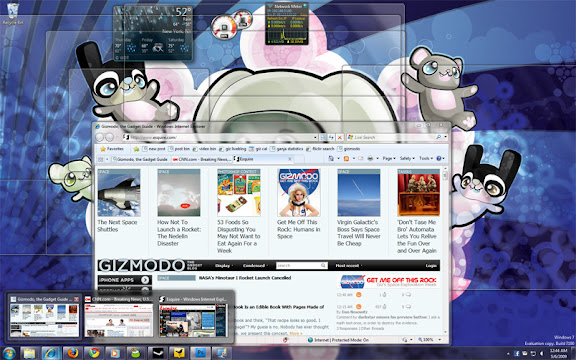

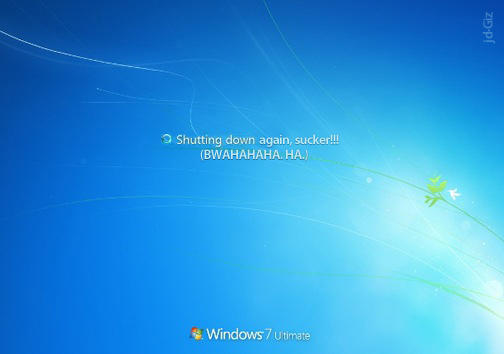



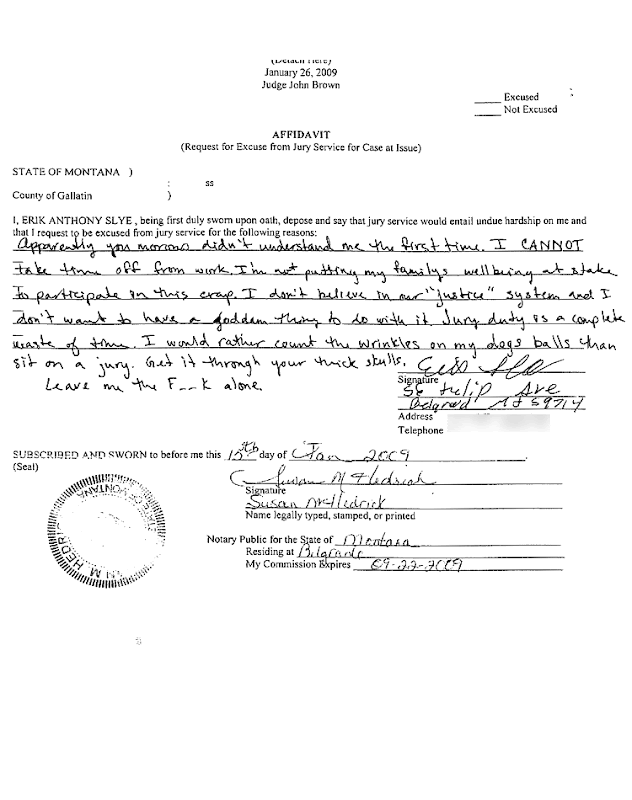
 Alone in a room in his home in Bonn, Germany, Friedhelm Hillebrand sat at his typewriter, tapping out random sentences and questions on a sheet of paper.
Alone in a room in his home in Bonn, Germany, Friedhelm Hillebrand sat at his typewriter, tapping out random sentences and questions on a sheet of paper. Sometimes it’s simply overwhelming how many gorgeous photos there are on
Sometimes it’s simply overwhelming how many gorgeous photos there are on 